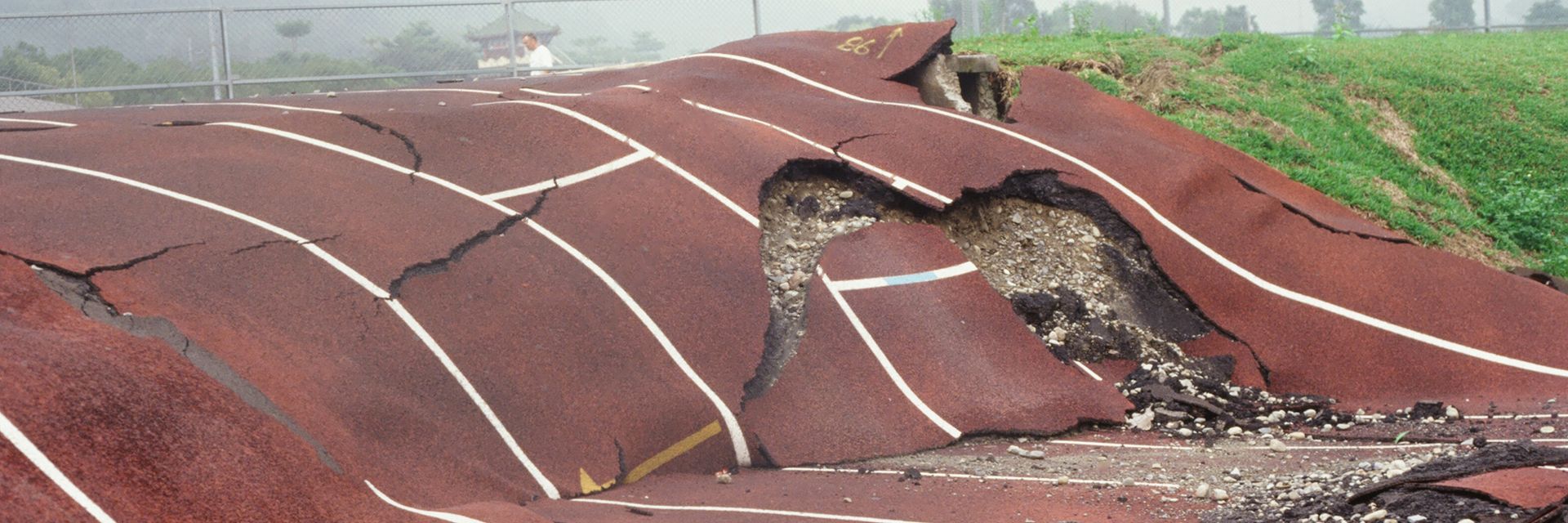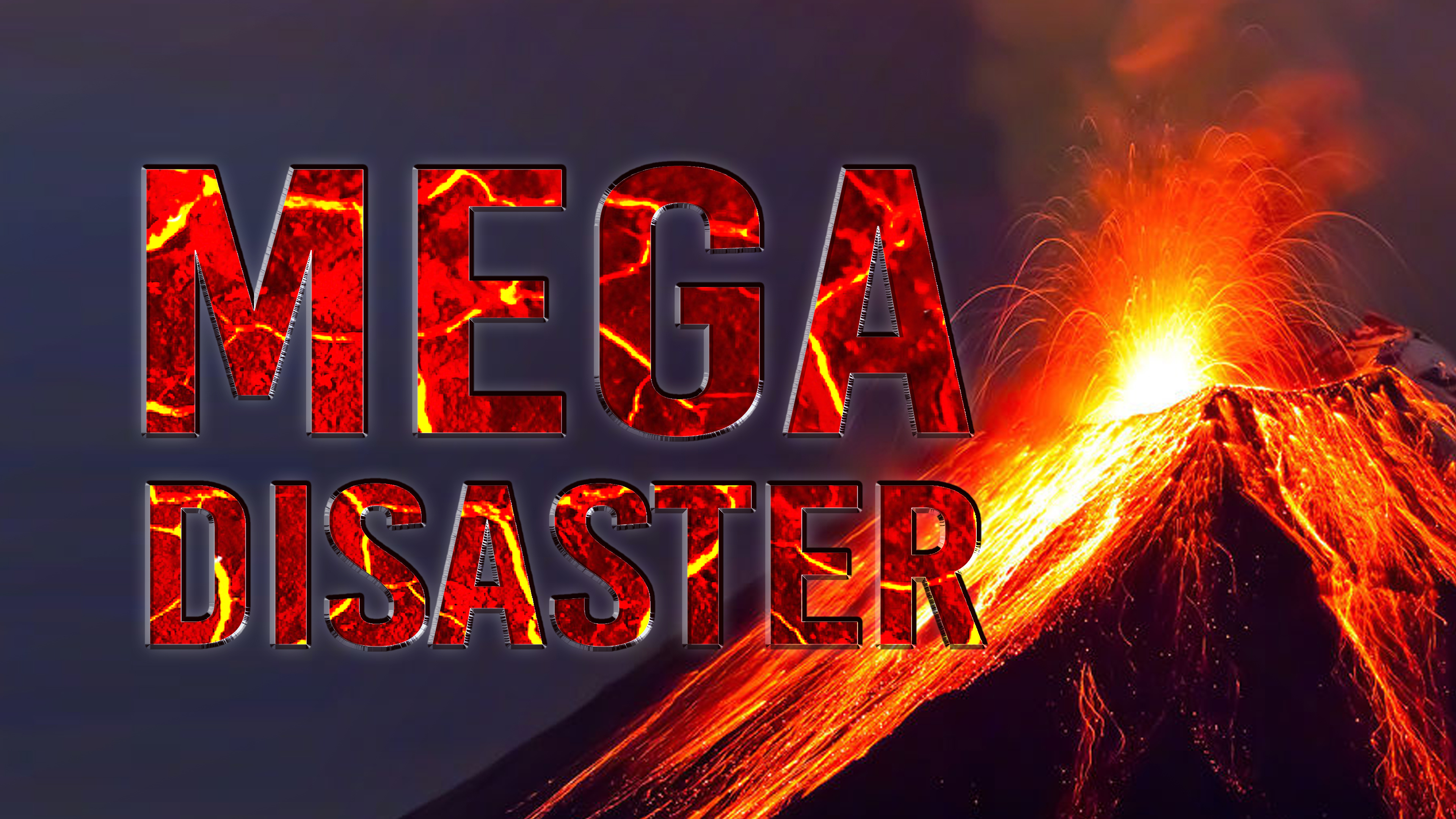Human activities might be contributing to the frequency and intensity of temblors – with deadly consequences.
◊
Being considered a “groundbreaker” is widely seen as a compliment. Only pioneers who fundamentally change the fabric of human culture seem to earn this title. In a day and age that encourages self-aggrandizing on social media, the term’s connotations have shifted. Not too long ago, inventors behind railroads, canals, and engines might have been called “groundbreakers” for two reasons: Their inventions actually shook the ground when being created, and they paved the way for the next generation of innovators.
Since the Industrial Revolution, humankind has developed incredibly quickly. Without renewable solutions, communities all over the world are struggling to access clean water, pollutant free-air and affordable housing. If Earth gave humanity an inch with the discovery of huge oil fields and energy-producing resources, we have taken a mile in the last three centuries by our excessive dependence on them. Nature, however, always finds ways to keep us humble, especially through incredible displays of power like hurricanes, typhoons, fires, and of course, earthquakes. New research hints that humans might have more influence than we thought when it comes to causing earthquakes.
Temblors have shaken human societies since the beginning of recorded history. Watch Mega Disaster to learn more.
What Human Activities Cause Earthquakes?
If you recall the definition you might have memorized for an earth science test in elementary school, earthquakes are “the shaking of the Earth’s surface due to a release of energy within its crust.” You’ll likely imagine scenes of volcanic eruptions, tsunamis, and epic shifts of land resulting in huge cliffs and imposing crevices. Long before human beings began probing deep into the planet’s crust with huge metal pipes to extract energy-rich materials trapped below, earthquakes were an unpredictable and terrifying reality for our ancestors.
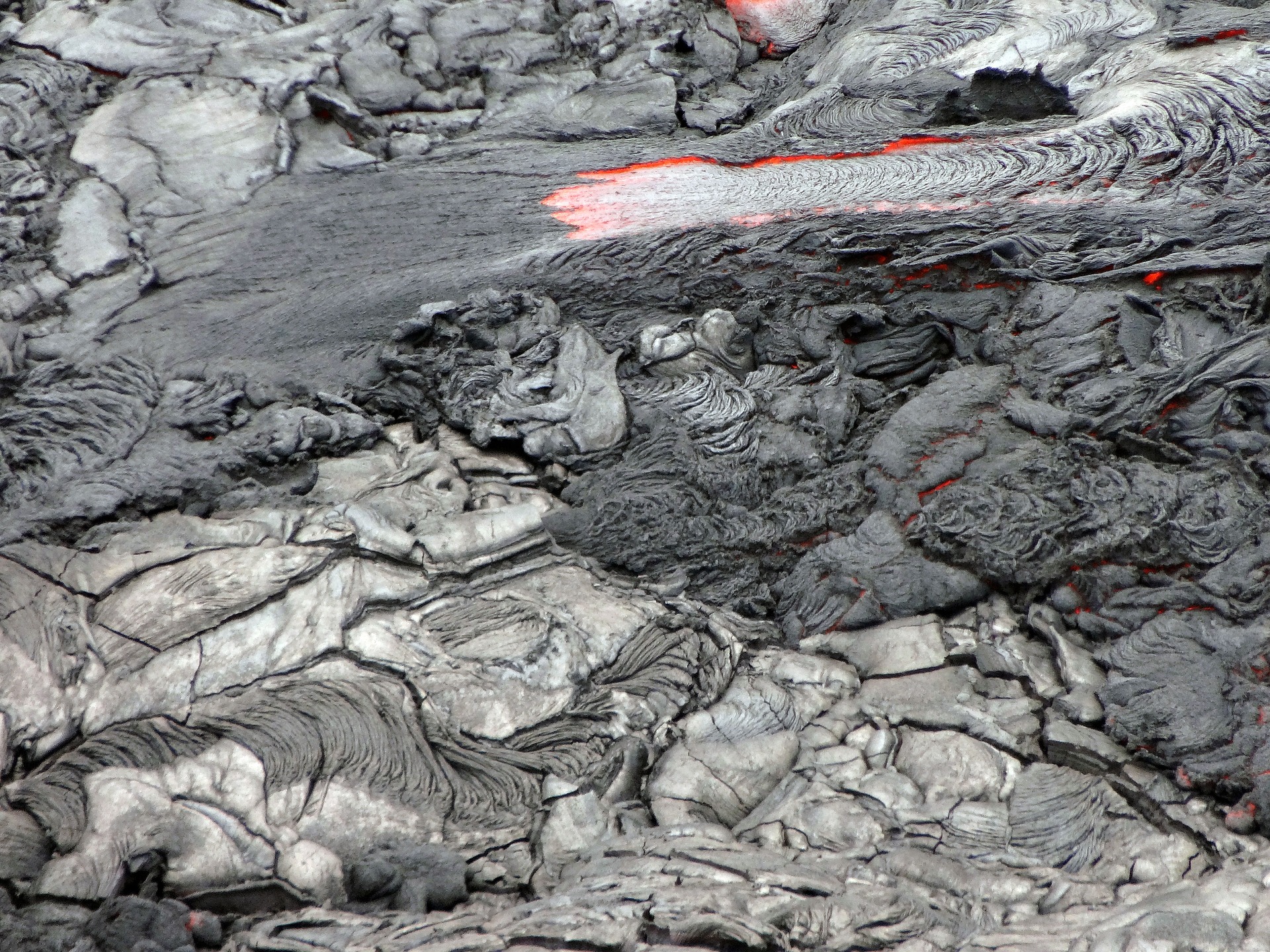
Lava flows from a volcanic eruption creating new earth. (Credit: Kathy VanDeventer, via Pixabay)
Take, for example, the supposed earthquake and tsunami that decimated the Greek town of Helike, which was located on a tectonic fault line along the Ionian Sea in 373 BCE. (It is “supposed” as there are no conclusive records confirming the event, but some geological evidence points to a 7.3 magnitude earthquake that shook the region around this time.) Without warning, an entire city was eradicated; all the inhabitants were likely crushed to death or drowned in the tsunami that followed. Can you imagine having known about catastrophic earthquakes only through myth, and then experiencing one?
Some believe the ancient Greek philosopher Plato might have used the events in Helike to inform his account of the lost city of Atlantis, a story he told only 13 years later.
Not all earthquakes, however, decimate communities and initiate tsunamis. According to the U.S. Geological Survey, only 20 percent of detectable earthquakes are felt by human beings and only 0.1 percent of those cause damage. Earthquakes predate humanity, but recent human activity might be setting off earthquakes in the areas we inhabit.
More earthquakes are being reported worldwide, but scientists attribute this to improved reporting methodologies and cannot conclude increased seismic activity is ongoing. That being said, as people increasingly live in densely populated urban areas, the effects of earthquakes seem larger today than they might have in the past – making the reality of our causal connection to them all the more alarming.
Hydraulic Gas Drilling
When you think of activities that cause earthquakes, you might immediately think about fracking because, well, fracking involves moving earth to displace gas. Microseismicity is inherent to this process. By inducing small earthquakes thousands of feet underground, fracking creates more pathways among a porous, sedimentary rock to make natural gas extraction easier. And, natural gasses and oils found in the cracks between rocks are highly coveted, nonrenewable resources used for generating electricity, heating, and powering industrial machinery.
The part of fracking that tends to be the catalyst for seismic activity involves injecting a slurry of water, sand and chemicals into the underground networks of crevices holding natural gas. As the sludge is forced underground, it displaces the natural gas while the heavier liquid/solid mass is forced into underground faults. This puts additional pressure on faults that can build up and cause seismic activity.

Wildervank station – Groningen gas field, The Netherlands (Credit: Peter Heeling; Skitterphoto, via Wikimedia Commons)
A frequent site of human-triggered earthquakes is the Netherlands’ Groningen gas field. The largest identified source of gas in Europe, humans first began extracting gas from Groningen in 1965. All was going well until 1991 when the first earthquake was recorded at a magnitude of 2.4. Fast forward to 2012, a sizable earthquake ranking at 3.6 magnitude rocked workers at the site. Out of fear of inducing more seismic activity, production rates were slowed as the correlation between fracking and earthquakes became more evident. By 2022, 1,474 earthquakes had been recorded, and the Dutch government enacted a plan to close the plant by late 2024.
Wastewater Disposal
Through the hydraulic fracturing process, a great deal of wastewater is produced. It is estimated that for a single horizontal well, 45 million liters of water are used. Most of that water finds its way back up to the surface highly contaminated with pollutants like fracturing fluids and sodium chloride. The excess of polluted, hard-to-treat water is injected back into the ground at a depth where it supposedly cannot come into contact with sources of drinking water. But, in much the same way that water strains faults through fracking, the pressure of injecting water underground where it does not naturally flow can increase the pressure on spaces between shale.

Five reinjection wells were installed on or near the Fernald property in Ohio. (Source: U.S. Department of Energy, via Wikimedia Commons)
Typically, wastewater in the United States is injected underground in lower-income neighborhoods. The effects of living in close proximity to injection wells are not well understood, but the United States Geological Survey credits wastewater disposal as the primary cause for an increase in earthquakes in the central United States. Granted, not all wells cause earthquakes, but the increased pressure that water exerts on pre-existing faults on the Earth’s crust can prompt seismic movement that might have otherwise not happened.
Reservoir Induced
Somewhat similar in nature to earthquakes caused by wastewater injections, reservoir-induced earthquakes culminate from a build-up of unnatural pressure. Reservoirs tend to be built in areas where there is a naturally occurring lake or river to supply energy and clean water to a large population nearby. By their very nature, they stockpile more water than normal in a particular stretch of land.
It is important to note, however, that the mere presence of a reservoir does not cause earthquakes. Rather, reservoirs feed into the pre-existing weakness of underground faults. Based on how plate tectonics have crafted the Earth’s geography of continents, oceans, mountain ranges, and rifts, we know that earthquakes can shift the topography just about anywhere in the world at any moment in time. But, at a certain point, millions of acre-feet of water might become the proverbial straw that breaks the camel’s back.

Debris in the road heading to Wenyuan, the epicenter of the 2008 Sichuan Earthquake (Credit: Miniwiki.org, via Wikimedia Commons)
The most notable example of an earthquake that was possibly reservoir-induced was the devastating Sichuan quake in 2008, which ripped through the rural region of southwestern China at a magnitude of 7.9. An estimated 90,000 people died, and approximately 80 percent of all structures in the region were annihilated. While it is impossible to confidently pinpoint the absolute cause of the earthquake, scientists have pointed to the potential influence of the Zipingpu Dam. The temblor struck only three years after the reservoir opened, and researchers questioned whether the massive dam accelerated the timing of an inevitable earthquake, especially given the dam’s location along the Longmen Shan fault. It seemed a combination of bad luck and poor planning when the dam suffered extreme damage from the quake as well.
For more on the Sichuan earthquake, be sure to check out MagellanTV’s China Quake.
Mining Induced
In recent years, geologists have created a database of human-induced earthquakes called HiQuake that helps keep track of the correlation between industrial projects and seismic activity. As of 2017, mining projects were the most commonly cited cause of induced earthquakes causing 37 percent of reported incidents.
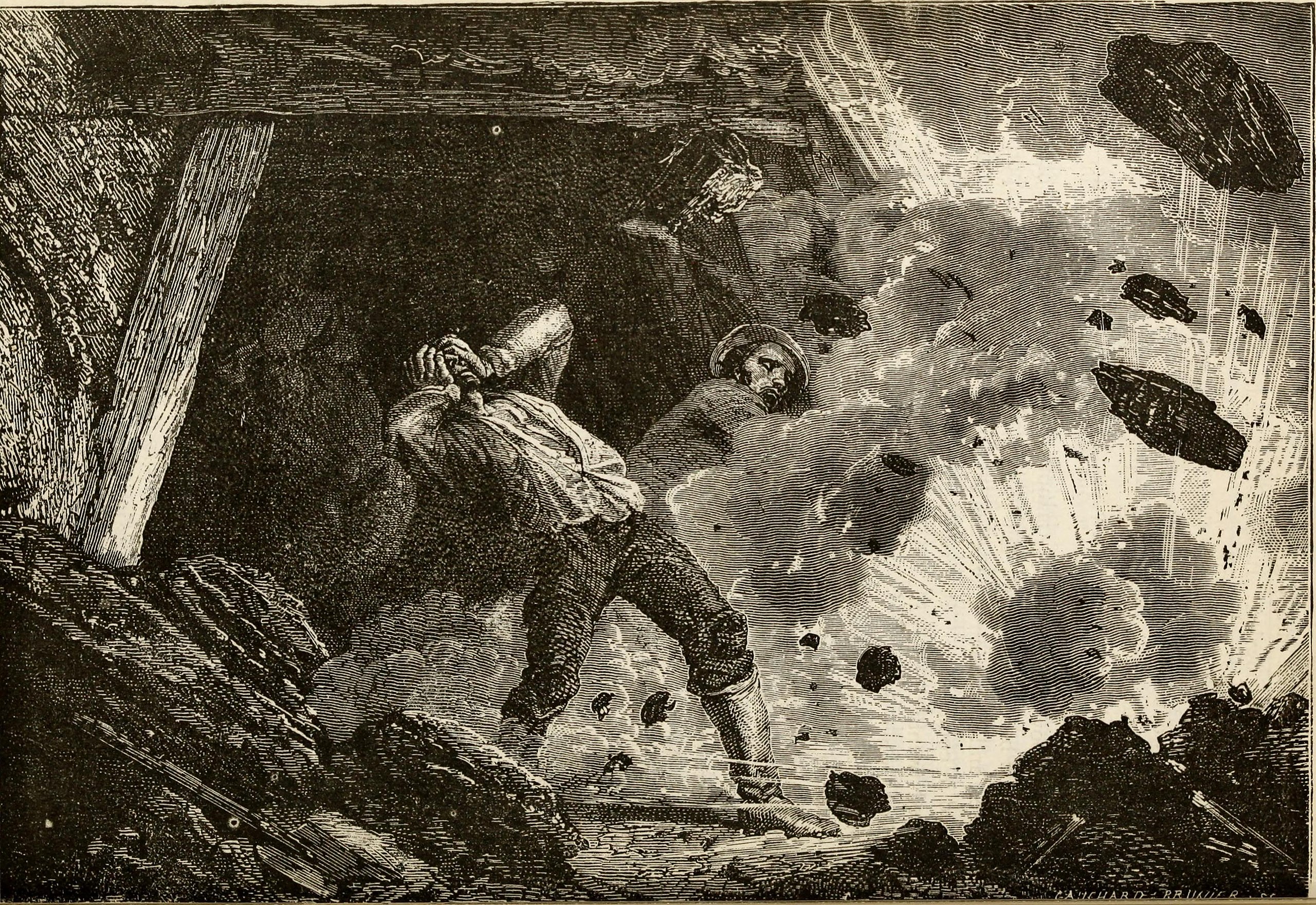
Depiction of a coal mine burst by Albert Sidney Bolles (Source: Internet Archive Book Images, via Wikimedia Commons)
Building mines and extracting rock and coal puts a strain on underground materials. Over the last few centuries, coal mines have carved deeper into the planet’s crust and aimed to extract more deposits to keep up with the growing demand from larger populations. Faults can be set off relatively easily when people and machines are mining in close proximity to them. Scientists carefully examine fault structures before loosening material for extraction, but rock bursts and coal mine bumps cannot be completely avoided. If the pressure is pushing up under the Earth’s crust, it can go off without warning and exact a tragic toll on human life.
High Human Concentrations
Among the more novel precipitants of earthquakes are huge gatherings of people in structures. With the invention of the skyscraper by William LeBaron Jenney in 1884, the traditional footprint of a building remained the same size, but the amount of weight loaded onto that space increased exponentially. Cities all over the world are now known for their catalogs of skyscrapers and high-capacity buildings.
Taipei 101, the tallest building in Taiwan, raised fears when it was first constructed, as some thought its enormous weight had reopened a fault in the Taipei basin. Scientists still disagree whether the 101-story building played a role in the uptick in large earthquakes in recent years, including one at a 7.4 magnitude. One thing is certain – the increased knowledge of earthquakes and the realization they could happen anywhere has prompted architectural innovation. Engineers create structures that can withstand seismic movement, whether it’s a skyscraper, a small home, a dam, or even a stadium.

Taipei 101 (left) and Taipei Nan Shan Plaza (right) on a sunny day (Credit: Heeheemalu, via Wikimedia Commons)
Recently, during her Eras tour, performer Taylor Swift attracted tens of thousands of amped-up fans to Seattle’s Lumen Field. Crowds chanted, danced, and jumped along to her songs – so much so that movement from inside the stadium registered on seismometers as the equivalent of a 2.3 magnitude earthquake, which became known as “Swift Quake.” Twelve years earlier during a football game in the same stadium, the Seattle Seahawk’s beloved running back Marshawn Lynch scored a touchdown that whipped up crowds to cause a 2.0 magnitude earthquake. Seattleites called it the “Beast Quake.” If you ask me, this means Swift’s and Lynch’s statuses as modern-day “groundbreakers” should be uncontestable.
The Threshold of Concern
Earthquakes, no matter their cause, are nothing to be brushed under the rug. Inconsistencies in reporting earthquake frequency and tracking damage make it impossible to provide concrete insight concerning trends in Earth’s long-term seismic activity. While temblors are an intrinsic part of our planet’s geological history, experiencing one is among the most remarkable events a human being can endure– and it can also be the last.
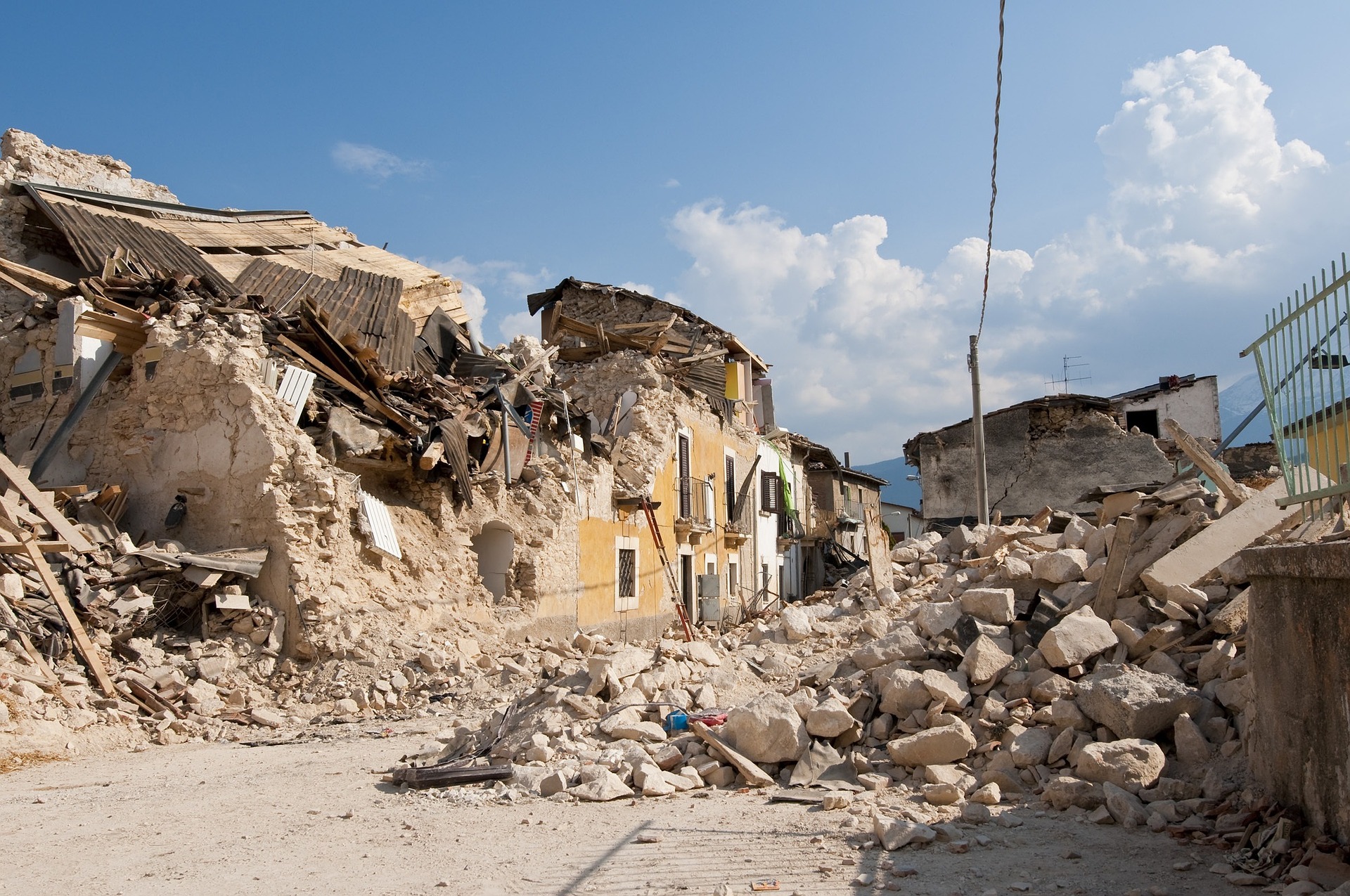
Earthquake rubble (Credit: Angelo Giordano, via Pixabay)
According to research produced by The Johns Hopkins Bloomberg School of Public Health, approximately 372,634 people died, one million people were injured, and 16 million people were left homeless as a result of earthquakes between 1980 and 2009. In response, building codes around the world have been steadily improving to accommodate the possibility of earthquakes. Even in a city like New York that rarely experiences notable seismic activity, the quality of buildings means that even a recent 4.8 magnitude temblor produced little damage.
In regions where earthquakes are more common, it can seem like a miracle when one strikes and people mostly remain unscathed by the shaking of the ground and the tsunamis that sometimes follow. Building codes and modern construction methods do, in fact, help to significantly mitigate the potential for catastrophe. But, no matter how well we prepare, there’s no way to prevent the inevitable shifting and shaking of the not-so-solid ground beneath our feet – some of it actually caused by us.
In our lifetimes, we have come to recognize that certain large structures, along with particular mining and extraction practices, can contribute to the frequency and severity of temblors. Though these actions might seem small, cumulatively they might be poking a very irritable and unpredictable bear that would have been better left to hibernate in peace. After all, everyone sleeps better when the Earth isn’t quaking.
Ω
Daisy Dow is a contributing writer for MagellanTV. Originally from Georgia, she now works in Chicago as a tour guide and freelance writer focused on history, small businesses, and marketing strategies.
Title Image: Running track after 1999 Chichi earthquake in Taiwan (Credit: Oregon State University, via Wikimedia Commons)
